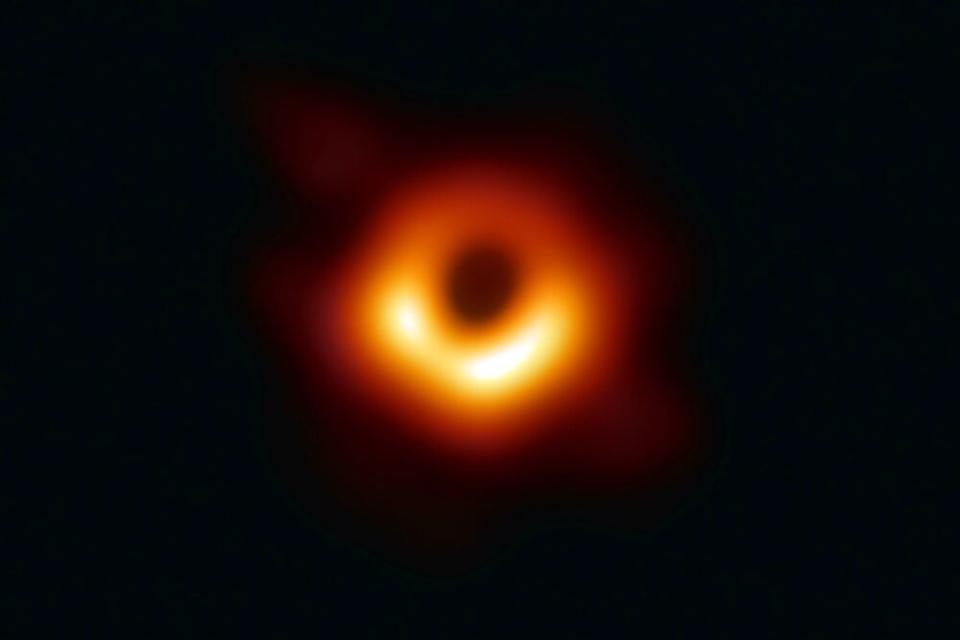An Object in Deep-Space Sends Radio Signals to Earth Every 16 Days — and Researchers Don't Know Why
A mysterious object 500 million light-years away has been discovered transmitting signals toward Earth in a repeating pattern — and researchers can’t figure out why.
Scientists have zeroed in on an area of the sky where fast radio bursts, known as FRBs, have occurred every 16.35 days, according to CNN.
FRBs typically release just once, but if they repeat, it’s almost always in an erratic cluster. This is the first time an FRB has been seen following a uniform pattern.
“The discovery of a 16.35-day periodicity in a repeating FRB source is an important clue to the nature of this object,” the authors wrote in the pre-print of a paper set to be published in arXiv. Their study has been moderated but not fully peer-reviewed, CNN noted.
In the 16-day progression that scientists observed, the object flashes one to two radio pulses every hour for four days then goes silent for 12 days before repeating the sequence again.
“We conclude that this is the first detected periodicity of any kind in an FRB source,” the researchers said.
RELATED: NASA Solar Orbiter Launches, Will Give Researchers First-Ever Images of the Sun’s Poles
The first 28 cycles of this pattern were witnessed between September 2018 and October 2019 using the Canadian Hydrogen Intensity Mapping Experiment radio telescope, located in British Columbia.
The researchers tracked the location of the bursts to a spiral galaxy 500 million light-years from Earth. While this is unimaginably distant from our solar system, it is the closest FRB detected to date, CBS reported. But the location of the bursts does offer scientists some clues as to what may be causing it.
RELATED: Internet Hilariously Reacts to First-Ever Black Hole Photo: ‘The Literal Embodiment of Evil’
“Given the source’s location in the outskirts of a massive spiral galaxy, a supermassive black hole companion seems unlikely, although lower-mass black holes are viable,” the authors explained.
Because FRBs appear randomly and only for milliseconds at a time, they are difficult to study, Phys.org added.

RELATED: Astronaut Christina Koch Sets Record for Longest Spaceflight by a Woman: ‘Do What Scares You’
The first FRB was detected in 2007. While many others have been identified, only 10 of those have ever repeated.
According to CBS, the researchers hope to detect similar FRBs in the future to help them pinpoint a cause. Until then, the astronomy community isn’t getting behind one popular idea for the bursts: aliens.
“If it were an alien beacon, I would think it would emit more quickly because a 16-day period is not efficient for communication,” Leon Oostrum of the Netherlands Institute for Radio Astronomy told New Scientist, according to the New York Post.
“Imagine getting one signal every 16 days,” he added. “It would take forever to get a message.”

